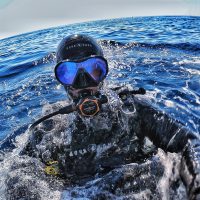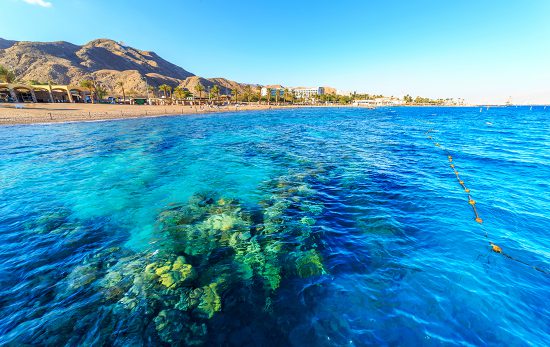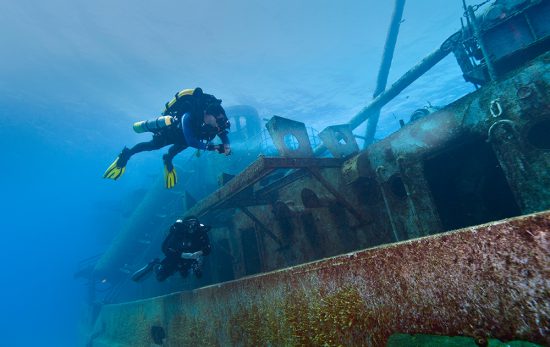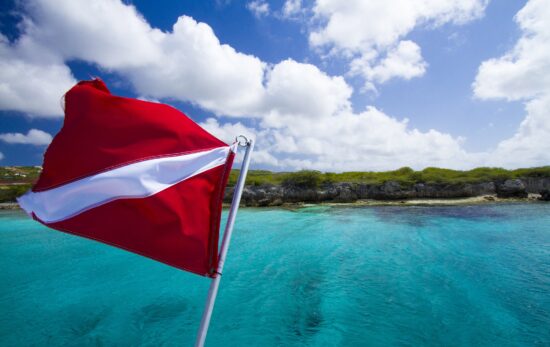I landed in Bonaire in a bit of a rush, having spent the previous weeks scuba diving in Murcia & Mallorca working with Aqua Lung and had struggled to find time to properly research about the Island. All I’ve heard from my friends who own scuba schools in the Caribbean was, ‘the island has incredible shore dives; you will love it’. They were absolutely right. Here’s everything I’ve learned while scuba diving in Bonaire during two weeks.
Bonaire is part of the BES islands (Bonaire, Sint Eustatius and Saba), which form part of the Dutch Caribbean. Although Bonaire is part of one country it still holds its own flag.
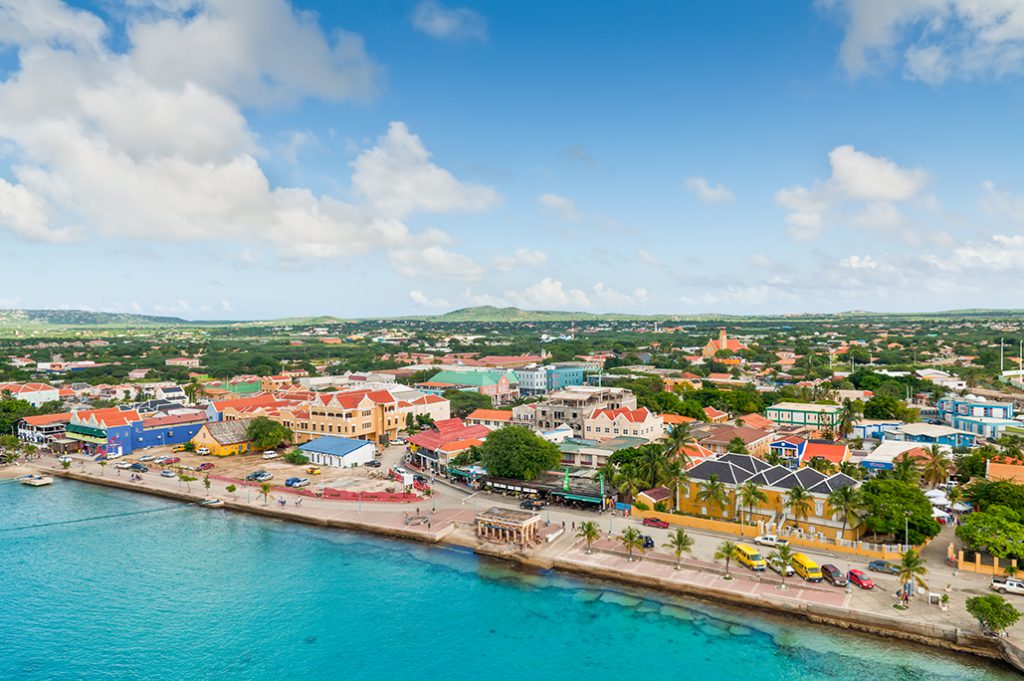
Topside Bonaire
Undoubtedly, there is a peaceful ambiance for daily life, without the hassle of traffic lights, hustle and bustle, or normal, day-to-day worries. The culture of Bonaire can be seen in the faces of its people. The different features and hues tell the story of dozens of ethnic and racial influences. Indian, African, Asian and European inhabitants have all contributed to how Bonaire is today.
Luckily, it has become a tradition for many generations to understand the importance of nature, the unique position Bonaire has, and the importance of conserving it. Bordered by globally endangered mangroves, numerous waterfowl breed and feed in the area of Lac. The flamingo, protected on Bonaire, is the island’s signature bird.
The Flamingo Sanctuary at Pekelmeer is one of the most important breeding grounds for the Southern Caribbean flamingo population. Klein Bonaire, encircled by a great coral reef, offers flamingo feeding and turtle nesting areas. Gotomeer, foraging site for hundreds of flamingos, contains the most important food source for flamingos: brine fly and larvae.
A few flamingo facts: Caribbean flamingos have the brightest coloration and are pink because of a diet rich in alpha and beta carotenoid pigments found in algae and insects. Flamingos mainly lay one egg, and chicks are grey and white.
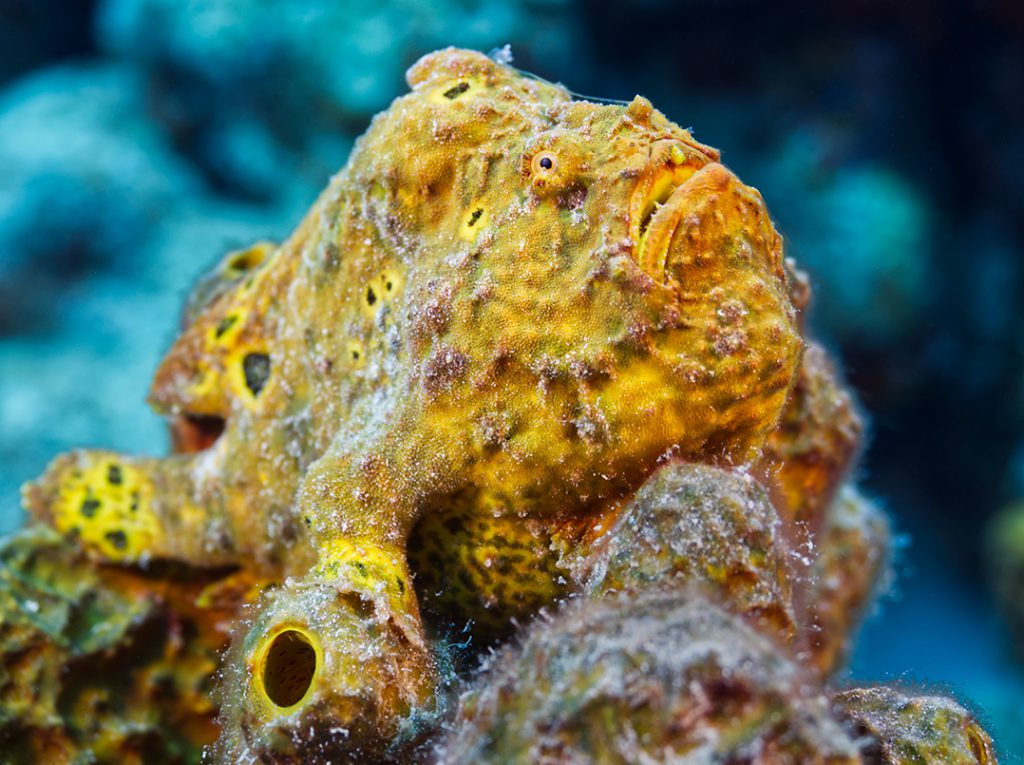
Diving in Bonaire
Bonaire is known in the world for the way it protects its nature. That’s why in 2012 the Bonaire Island Council granted a permit to the Reef Renewal Foundation Bonaire (formerly Coral Restoration Foundation Bonaire) to begin developing a coral nursery and reef restoration project in Bonaire
The Mission of Reef Renewal Foundation Bonaire (RRFB) is to protect and restore coral reefs in Bonaire by developing new and innovative ways to restore reefs that are supported by research collaborations and shared worldwide. The main production nursery is situated on Klein Bonaire, where the coral is disturbed as little as possible and more nurseries are located in front of Buddy Dive Resort & Harbour Village which are used for training and demonstrations, so you can be sure diving in Bonaire is going to be incredible!
RRFB works together with local businesses and dive operators, like Buddy Dive Resort & Great Adventures Bonaire to keep restoring the reef, promote awareness and involve and train tourists and local people as Coral Restoration divers.
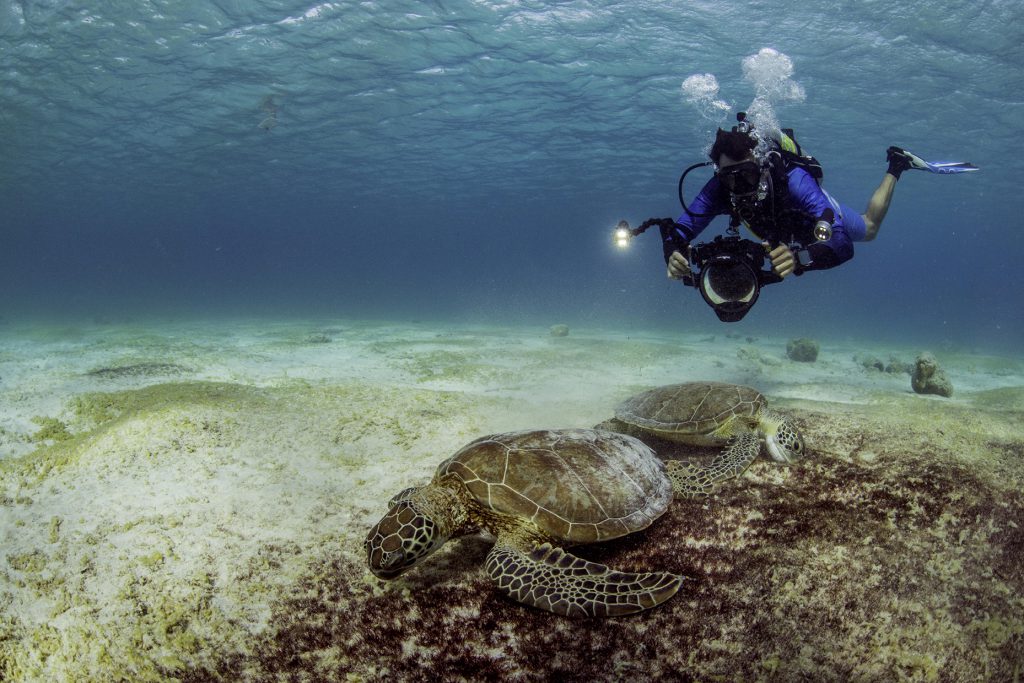
Staying in Bonaire
I had the fortune to be hosted by Belmar. This is a small and intimate PADI 5-star resort, with pretty stunning views of the ocean from each and every apartment. Yep, every single one of them! The resort is located close to the Southern dive sites, windsurfing and kite surfing, just a few minutes away from the airport.
Throughout Bonaire you can find PADI Dive shops with dedicated PADI instructors onsite who can teach PADI courses from beginner level all the way up to Dive Master, not to mention many PADI specialties.
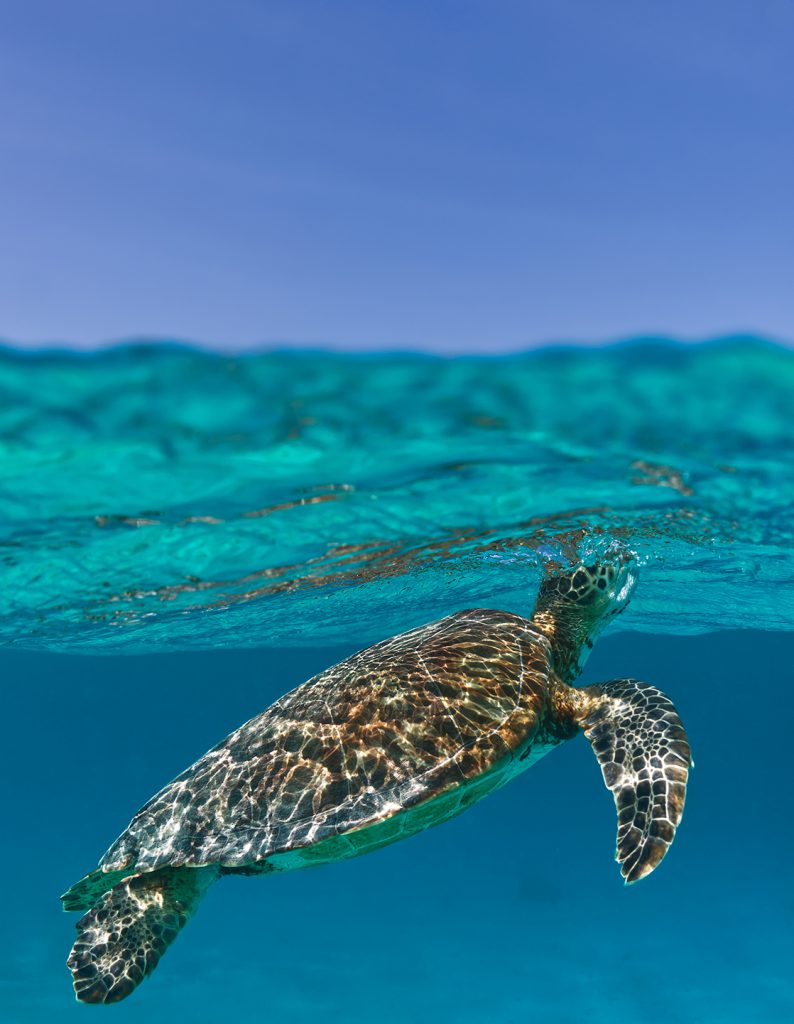
You may also choose more tendered services, such as private courses and guided shore dives. Being such a small island, its super easy to pick up your tanks to explore the many other dive sites of the island in a rental vehicle. It just couldn’t get simpler!
One piece of advice: look out for ‘Drive, Dive & Stay’ packages. You will have everything needed for a successful week of diving: Accommodation, airport transfers, shore diving with unlimited air and nitrox (plus optional boat dives) and a rental vehicle.
As you land on this breath-taking island, you will hear: ‘Bon Bini na Bonaire!’ (welcome to Bonaire!). Next thing you will know is that you are already breathing compressed air underwater.
